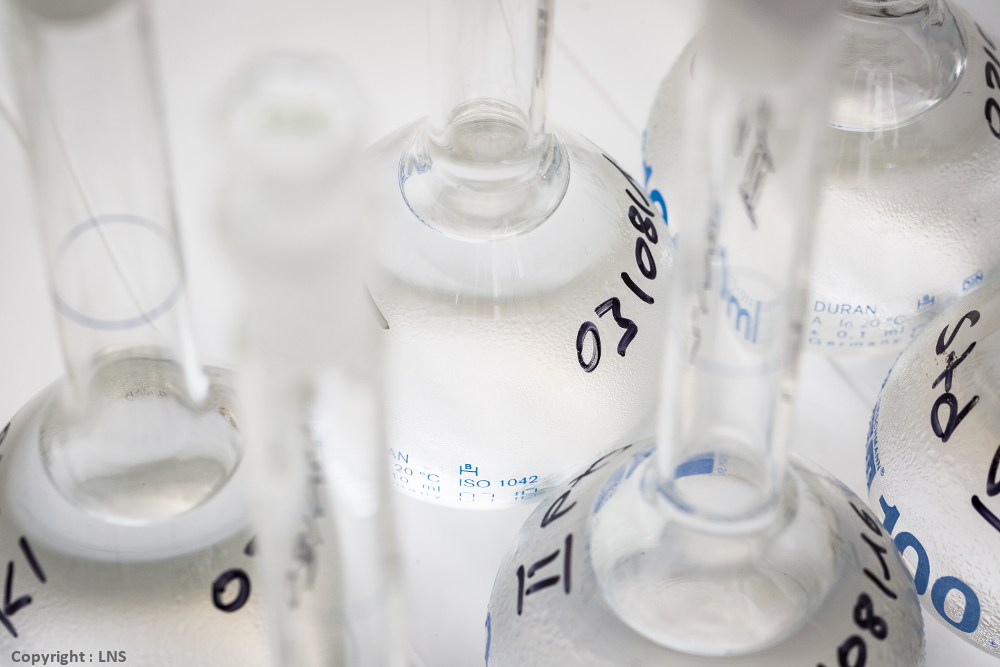

Authors:
Ergot alkaloids are toxins produced by some species of fungi in the genus Claviceps, that may infect rye and triticale and, in a minor degree, other types of cereals. In this study, a new UHPLC-FLD method for the quantification of the six major ergot alkaloids as well as their corresponding epimers was developed. The sample preparation was done by a solid-liquid extraction with acetonitrile and clean-up via freeze-out. The method was fully validated and then applied to 39 samples (wheat, rye, triticale, and barley) harvested in Luxembourg in 2016. Samples were sieved (1.9 × 20 mm) prior to analysis in order to remove sclerotia, hosting the alkaloids. However, 23 samples still contained at least one ergot alkaloid > LOQ and concentrations of the sum of the 6 ergot alkaloids ranged from 0.3 to 2530.1 μg/kg. Interestingly, the highest concentrations were measured in wheat and not in rye or triticale, suggesting that all kinds of cereals should be included in monitoring programs. The outcome of this study allowed giving a first overview of ergot alkaloid concentrations in cereals harvested in Luxembourg, and the measured concentrations were in similar ranges than in other parts of the world (e.g., Canada, France, Germany).
Mycotoxin Research, 34(4), 279–287